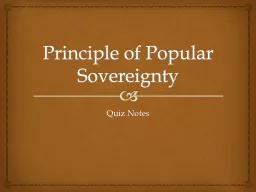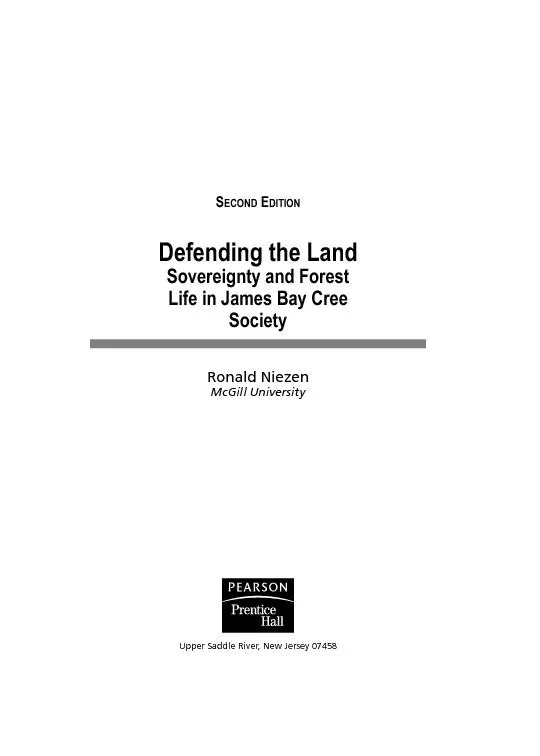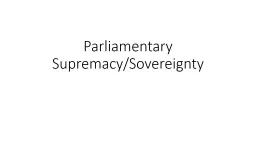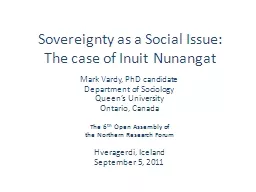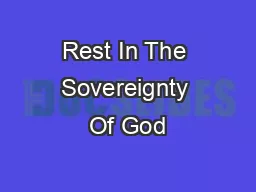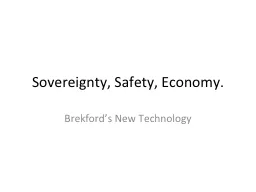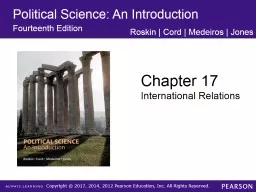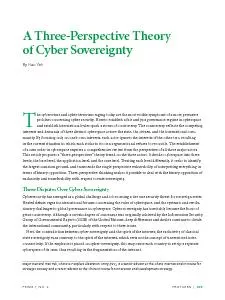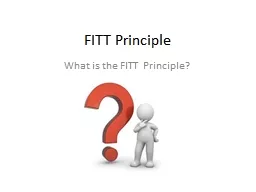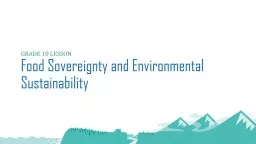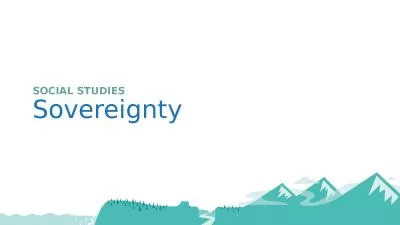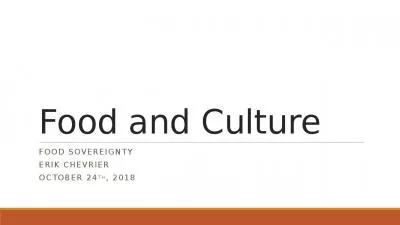PPT-Principle of Popular Sovereignty
Author : lindy-dunigan | Published Date : 2018-03-17
Quiz Notes Popular sovereignty belief that the people hold the final ruling power Voter registration state requirement to sign up to vote in advance of an election
Presentation Embed Code
Download Presentation
Download Presentation The PPT/PDF document "Principle of Popular Sovereignty" is the property of its rightful owner. Permission is granted to download and print the materials on this website for personal, non-commercial use only, and to display it on your personal computer provided you do not modify the materials and that you retain all copyright notices contained in the materials. By downloading content from our website, you accept the terms of this agreement.
Principle of Popular Sovereignty: Transcript
Download Rules Of Document
"Principle of Popular Sovereignty"The content belongs to its owner. You may download and print it for personal use, without modification, and keep all copyright notices. By downloading, you agree to these terms.
Related Documents

